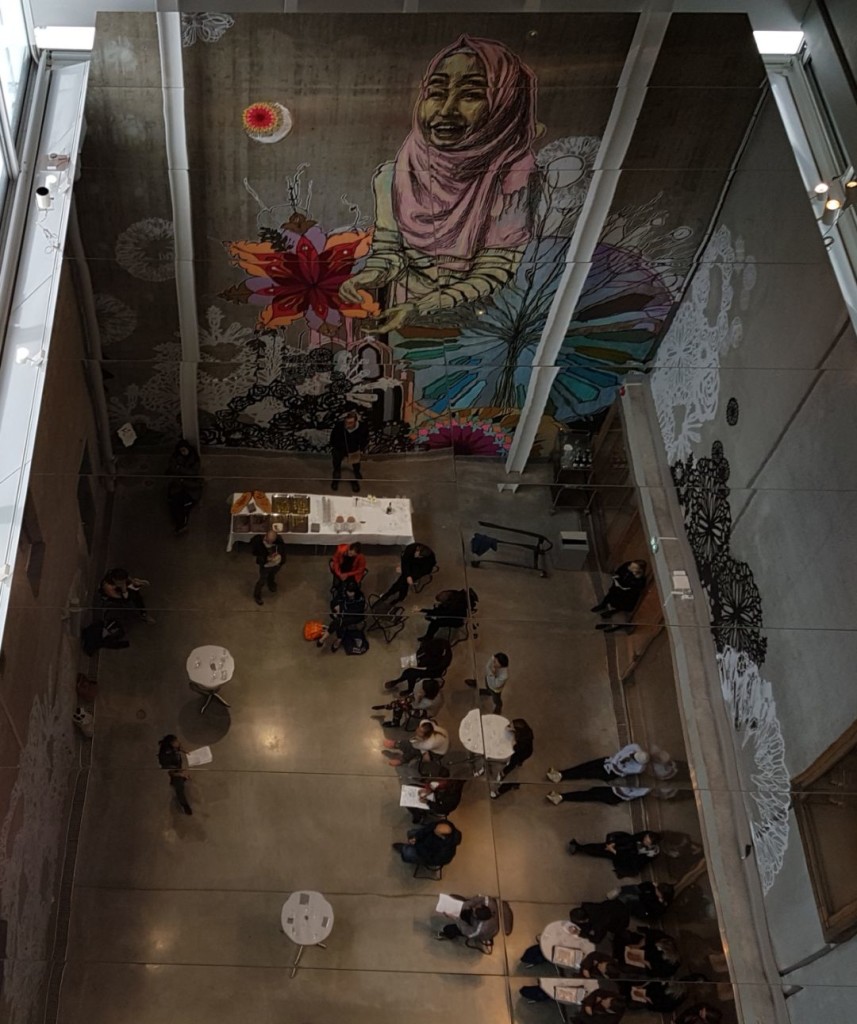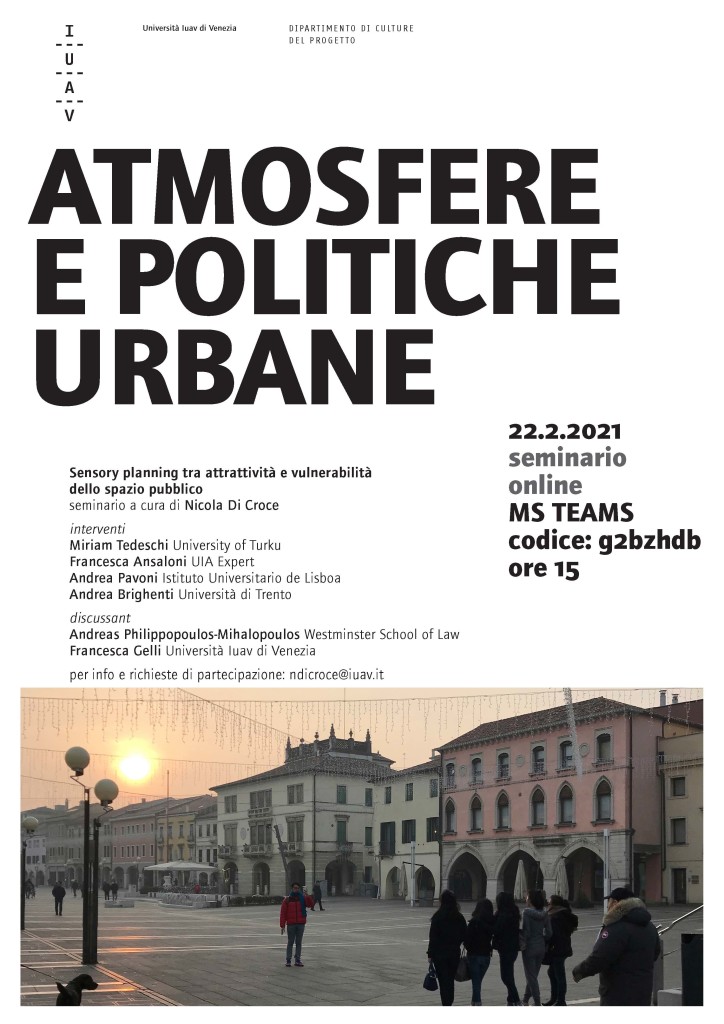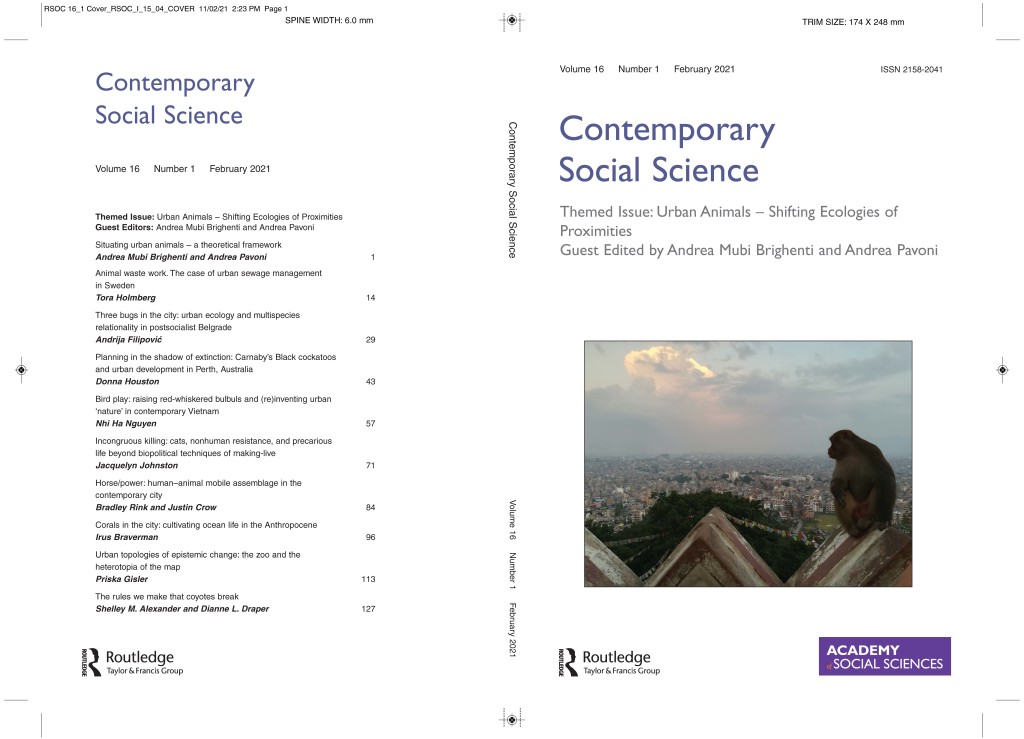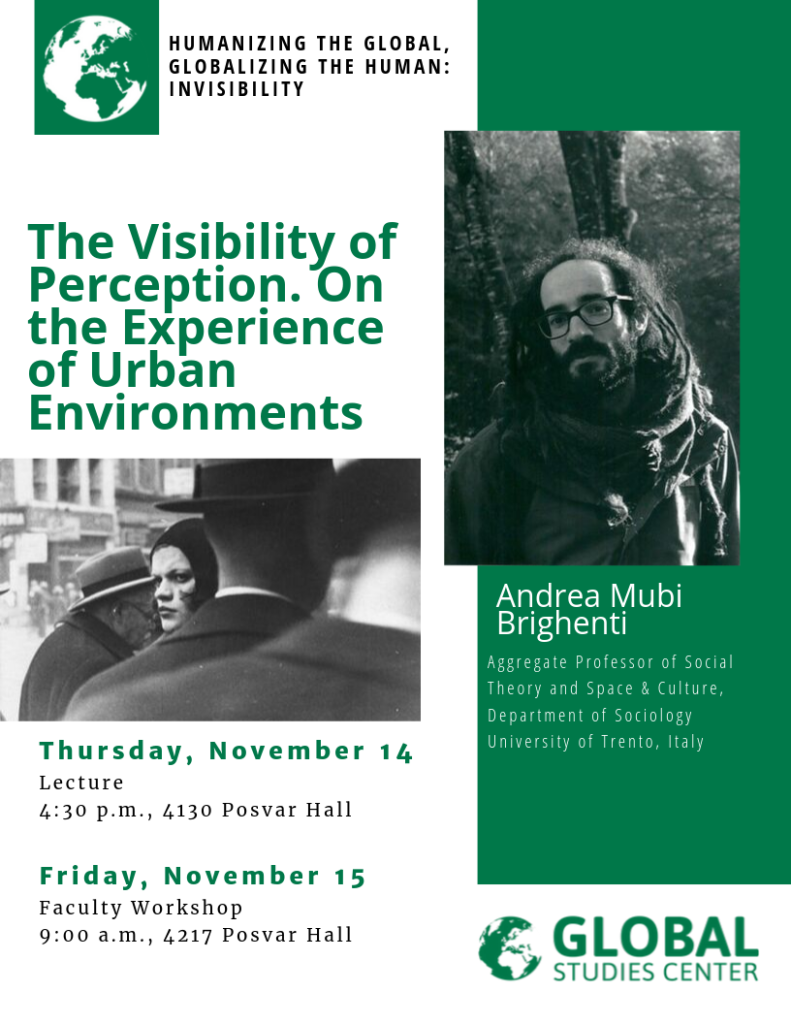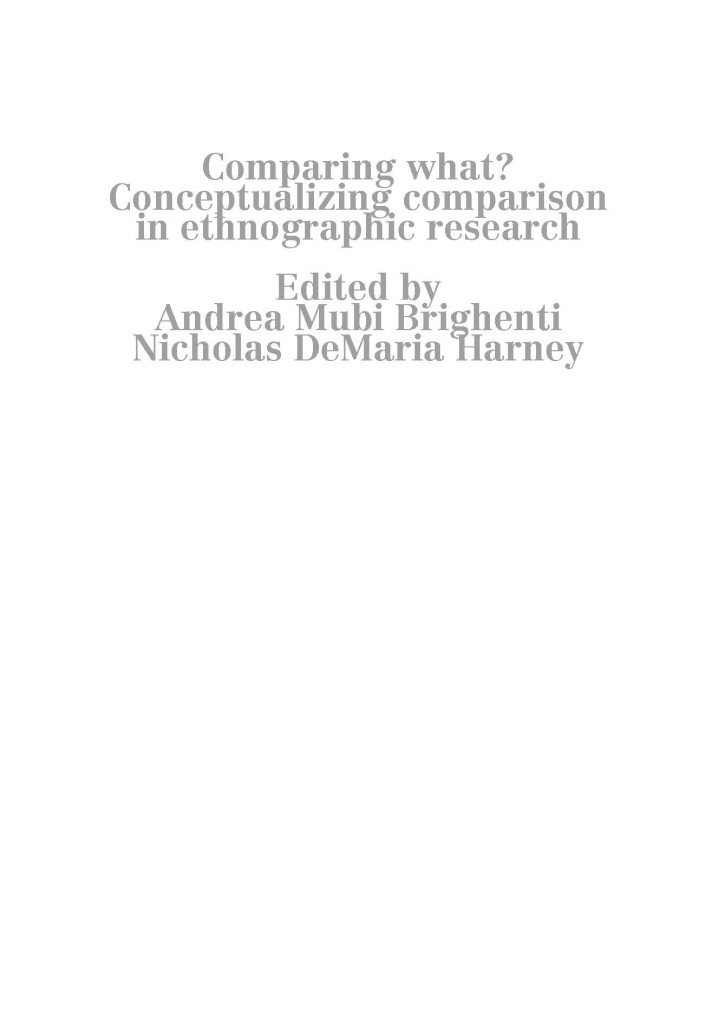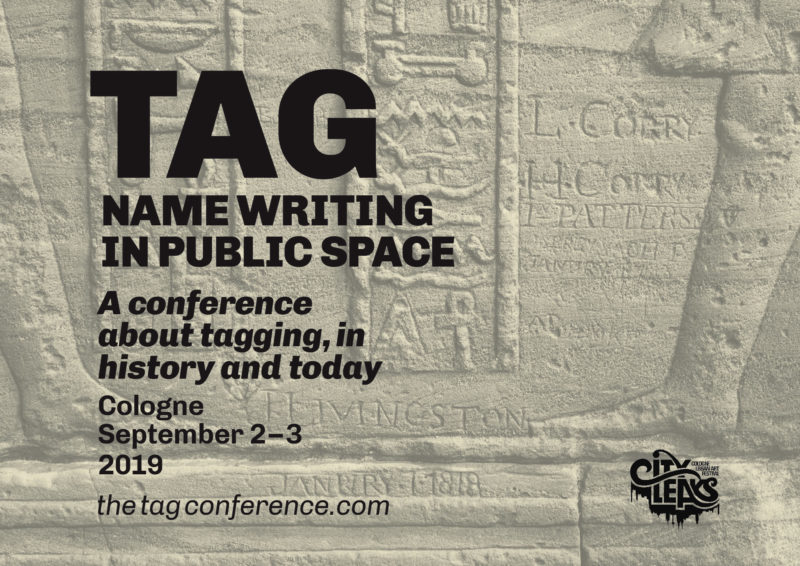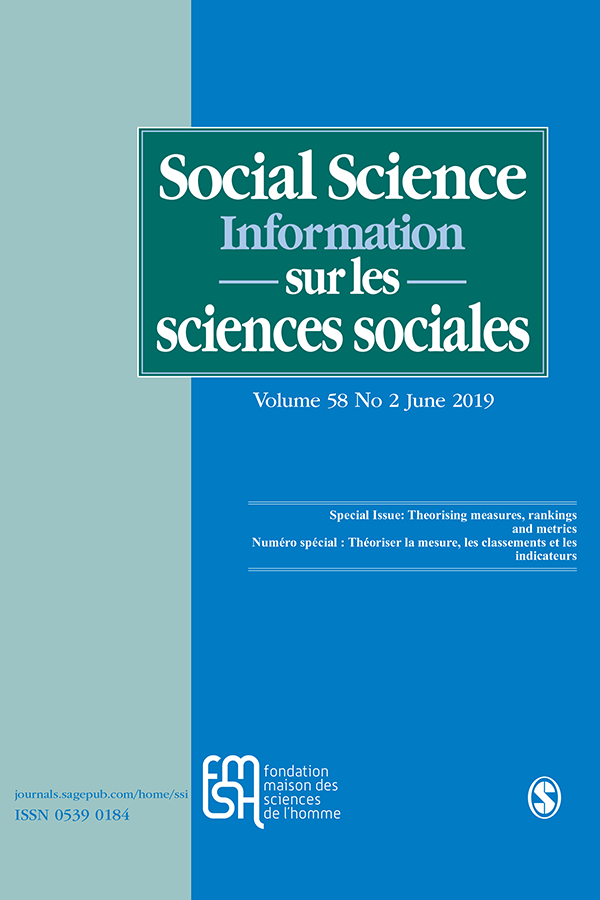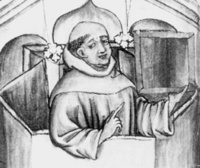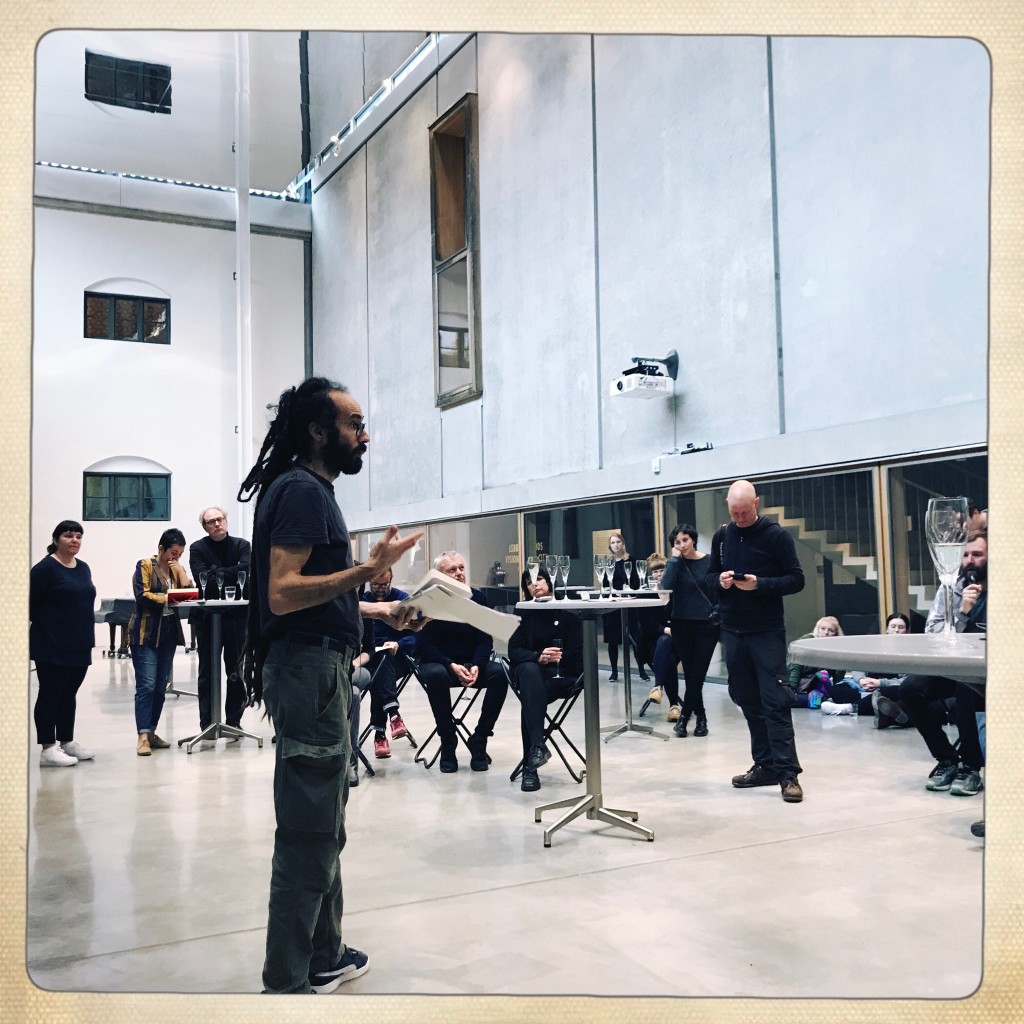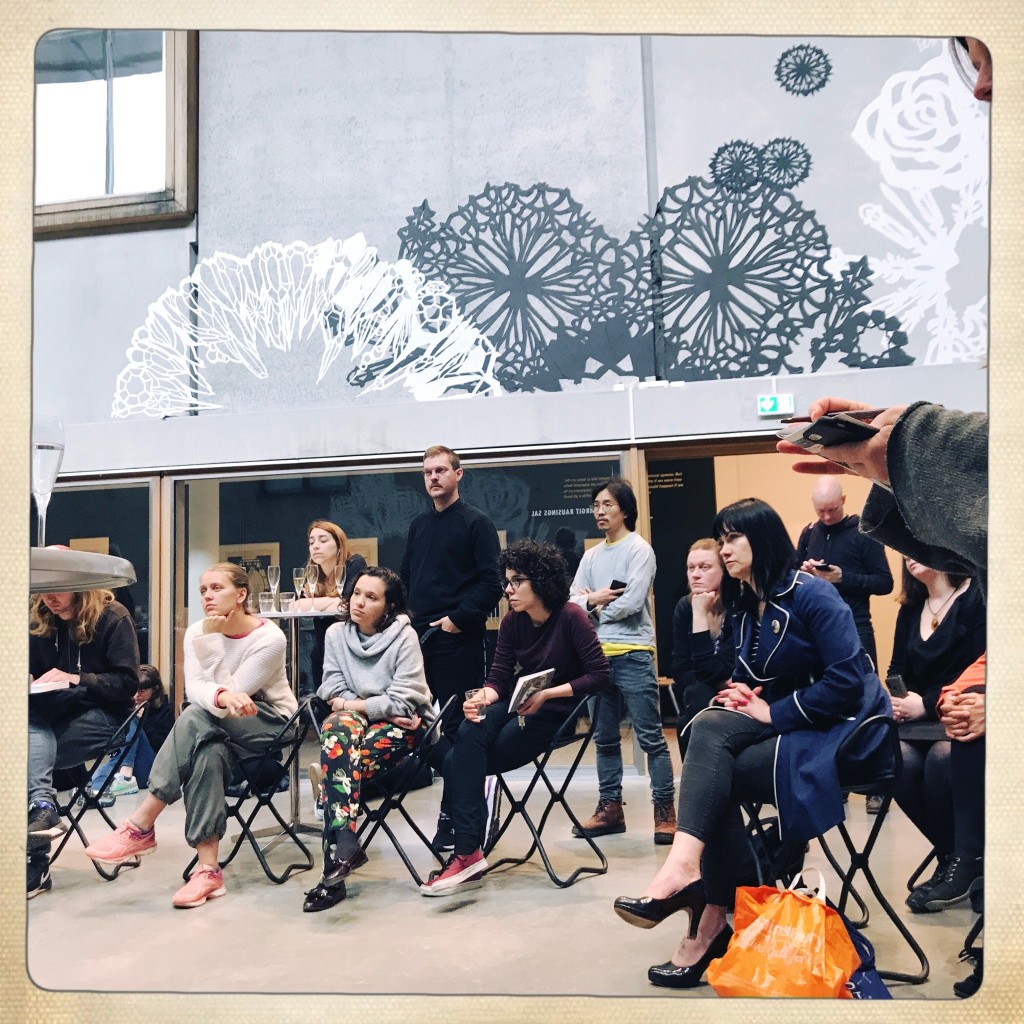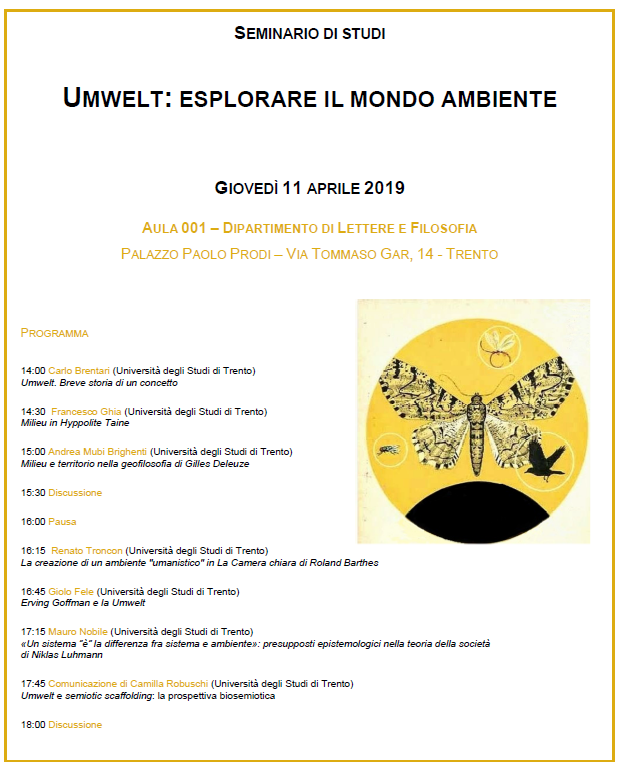All posts by admin
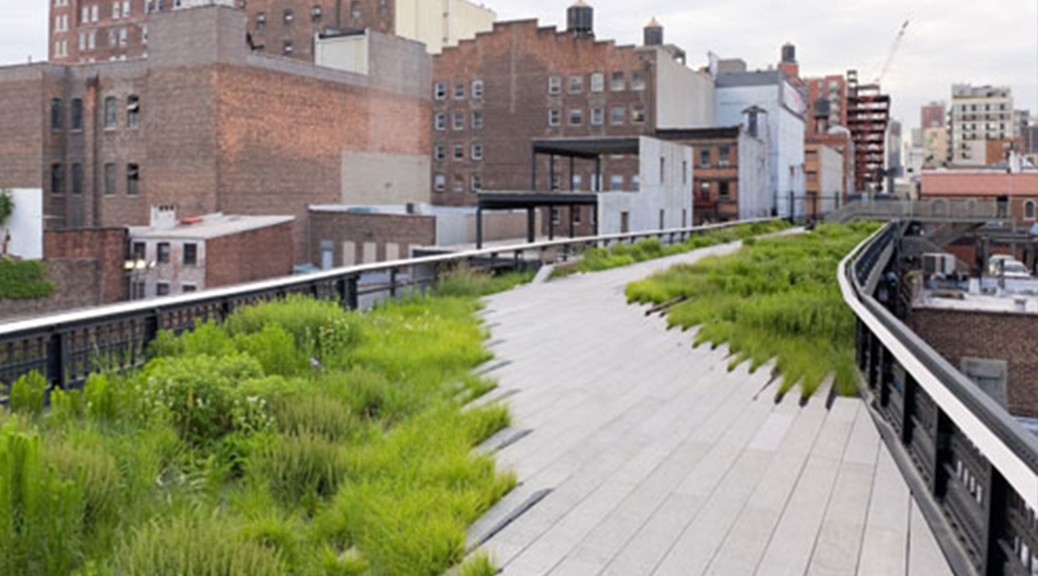
Urban crystallisation and the morphogenesis of urban territories (with Mattias Kärrholm)
Now out in Territory, Politics, Governance
At https://www.tandfonline.com/doi/full/10.1080/21622671.2021.1872040
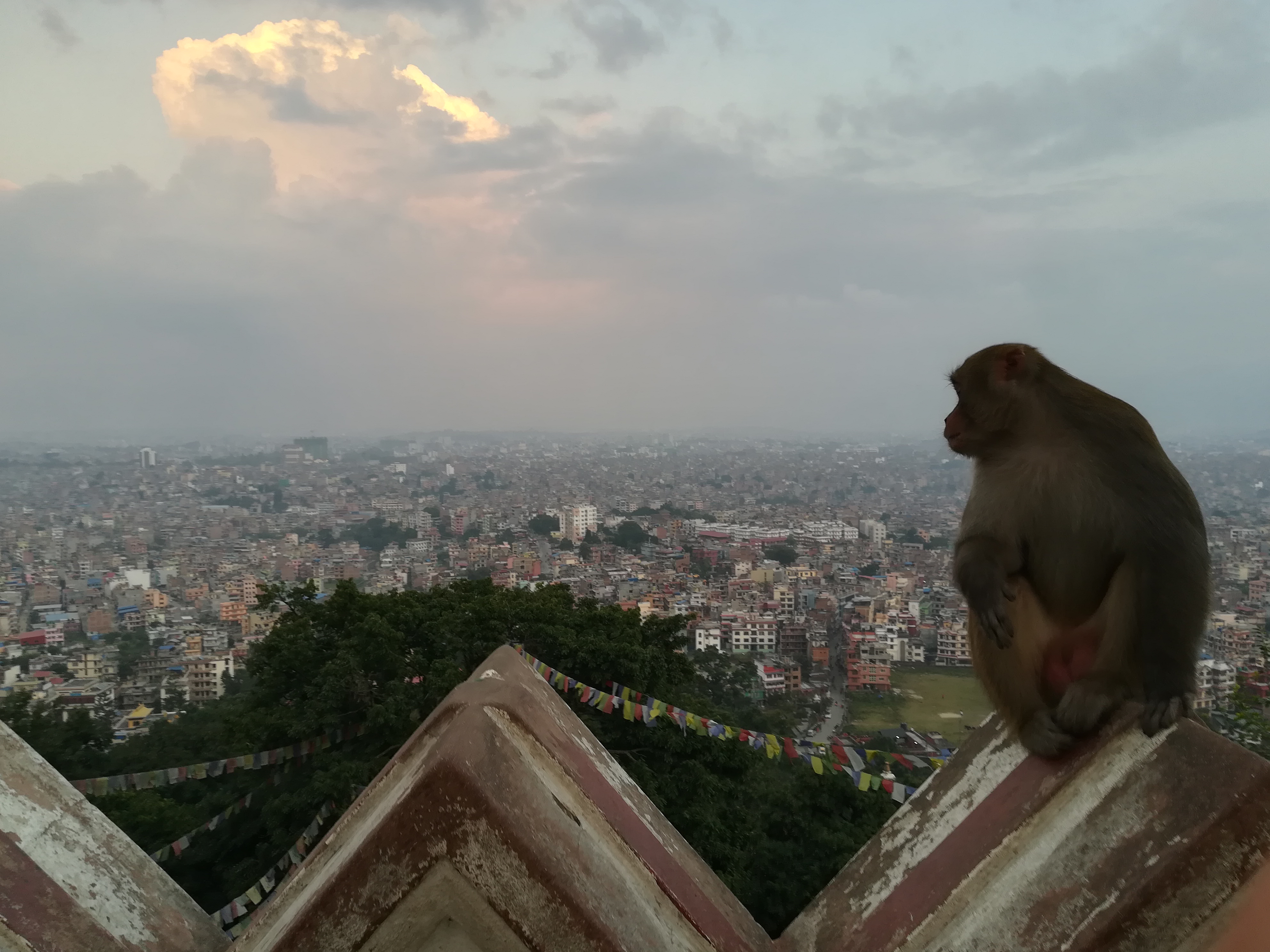
Urban Animals – Shifting Ecologies of Proximities : Special Issue Published!
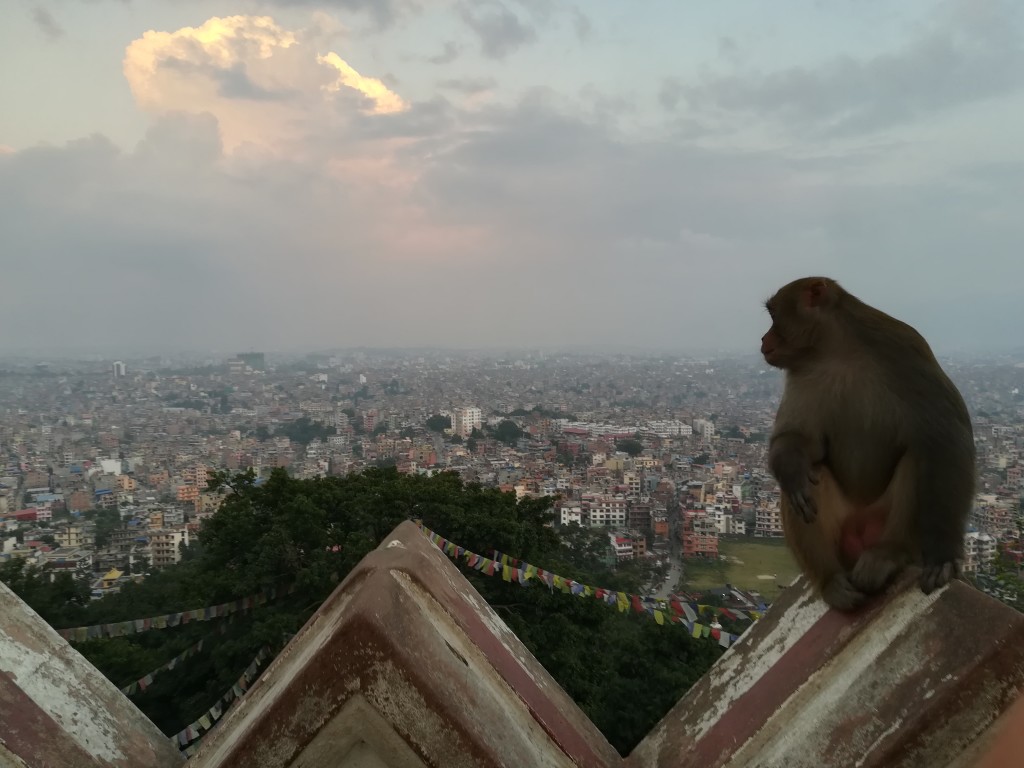
The whole S.I. is now out at : https://www.tandfonline.com/toc/rsoc21/16/1
Some discount options to purchase ‘Animated Lands’
Europe & Asia Market : Animated-Lands-Combined-Academics
US Market : Animated-Lands-UNP
A quote from Maurice Blanchot
Écrire, c’est d’abord vouloir détruire le temple, avant de l’édifier.
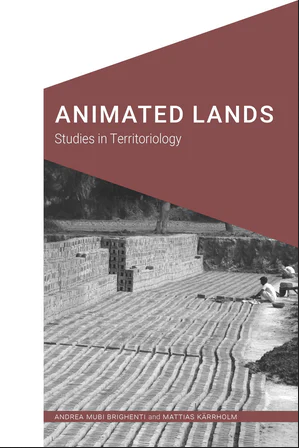
Animated Lands. Studies in Territoriology
Animated Lands now out at University of Nebraska Press: https://www.nebraskapress.unl.edu/university-of-nebraska-press/9781496213396/
Purchase it here in Europe: https://www.combinedacademic.co.uk/9781496221773/animated-lands/
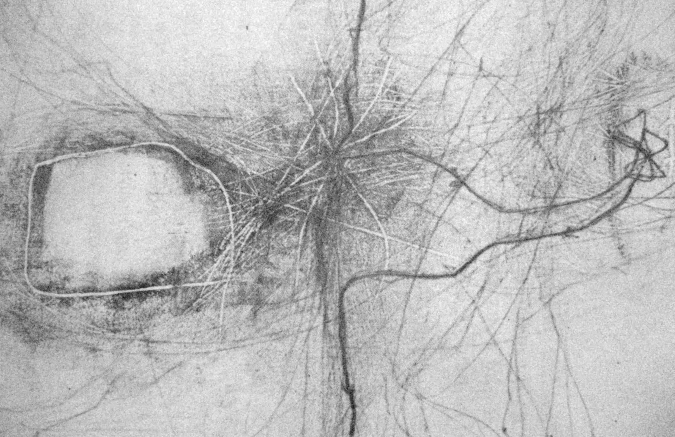
On Urban Trajectology. Algorithmic Mobilities and Atmocultural Navigation (with Andrea Pavoni)
NOW OUT in Distinktion. Journal of Social Theory – Available at : https://www.tandfonline.com/doi/full/10.1080/1600910X.2020.1861044
Abstract
In this piece, we introduce the notion of ‘atmoculture’ as a conceptual tool to analyse the new forms of mobility supported and enacted by digital algorithms. In historical perspective, we analyse how modernity has created a movement-space where the problem of finding one’s way through an increasingly ‘displaced’ urban space first popped up, with noticeable psycho-social consequences. Reconstructing the new digital media as a continuation of this spatial imagination, we seek to zoom in onto the forms of mobility facilitated by digital algorithms. Urban digital navigation, we suggest, proceeds in parallel with a reorientation of the urban experience towards atmospheric considerations, maximising safety and pleasurableness in the user’s encounters with the environment. In this context, atmoculture appears a spatial-aesthetic, psycho-cultural, and bio-technological milieu that prepares space for convenient navigation. We discuss a number of consequences: first the disburdening effect, whereby subjects delegate to a number of perceptions and decisions to algorithms, expropriating the natural problem-solving aspect of subjectivity; second, the invisible transformations of urban space due to the biases and skews that are built in algorithms themselves; third, the tensional, even contradictory outcomes of atmocultural expectations, whereby the goal of a secure and pleasant environmental interaction is undone by the very quantity of information provided and the level of alertness required from the user.
Keywords
Spatial perception; Urban mobility; New media; Hodology; Urban Navigation; Urban atmospheres; Atmoculture
Hannah Arendt
Cannot keep to myself the joy of discovering this document :
Hannah Arendt Zur Person – Full Interview with English subtitles
Review of Farzaneh Haghighi “Is the Tehran Bazaar Dead? Foucault, politics, and architecture”
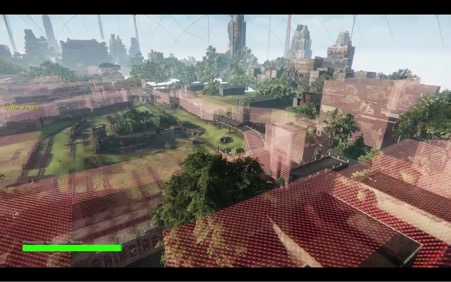
Vertical Vision and Atmocultural Navigation. Notes on emerging Urban Scopic Regimes (with Andrea Pavoni)
Still from Harun Farocki : Computer Animation Rules, Lecture at IKKM, 25 June 2014, available at https://vimeo.com/100092938
NOW OUT in Visual Studies : https://www.tandfonline.com/doi/full/10.1080/1472586X.2020.1840089
Abstract. This paper analyses vertical vision by tracing its possible genealogy and exploring the forms it takes in the contemporary city. In the first section, vertical vision is situated in the context of its cosmographic tenets. In the second section, the critique of verticality is complemented by a topological approach where vertical vision can be seen folding into a novel visual grammar. The lineaments of this grammar can be retrieved by attending specifically to algorithms and their role in contemporary urban perception, which we discuss in the third section. The fourth section implements the suggestions of two artists: Harun Farocki’s notion of navigation, and Hito Steyerl’s notion of bubble vision. Exposing the central role played by digital platforms in ushering in this novel paradigm, bubble vision can be reconstructed as the logical end-point of classical vertical vision. This comes in conjunction with the rise of peculiar visual-cultural configuration, which could be called ‘atmoculture’. Section five submits that atmoculture represents the cultural milieu of bubble vision. In conclusion, the paper invites visual scholars interested in the study of verticality to recognise bubble vision, together with its atmocultural background, as a new expression, and a reconfiguration, of vertical vision: similarly centred and disembodied, exhilarating, and dangerously de-responsibilising.
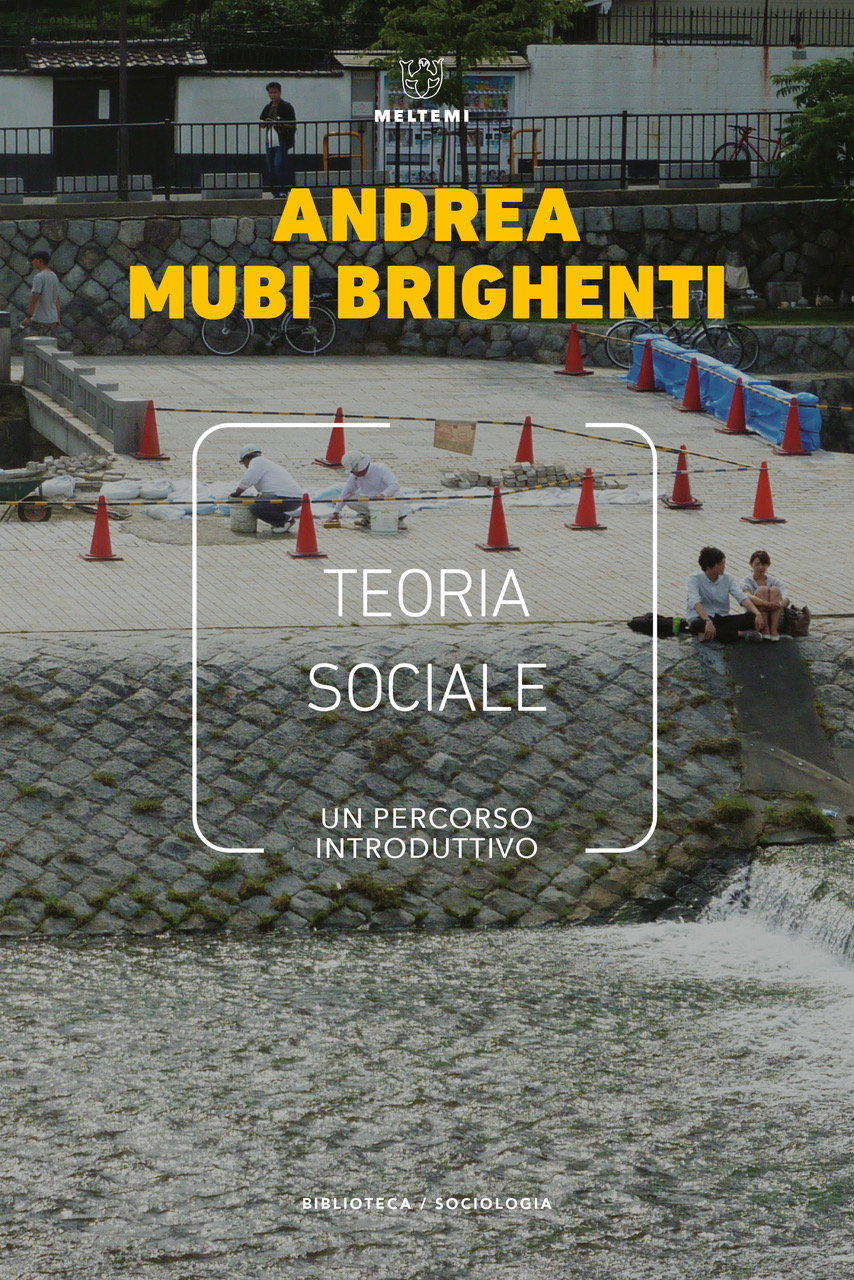
Teoria Sociale. Un percorso introduttivo
OUT NOW!

Urban Phases: Crystallisation
Paper at TCS Philosophy & Literature Conference 2019, Alpen-Adria-Universität Klagenfurt, Austria, May 29th – June 2nd, 2019
Now published in City, Culture and Society
Abstract
An analysis of the city through its crystallising processes is here proposed. Because crystallisation involves phase transition, a review of the latter, as well of the notion of phase in its relation to order, is first submitted. Then the question is posed: Can we suggest that cities have phases? What would it imply to study cities as “phased beings”, or phased phenomena? Which characteristics of crystalline phases can prove most relevant for cities? The paper explores crystallisation as a lens for understanding spatial order, temporality, individuality and perception in the course, and in the context, of the urban process and urban life.
Keywords
Urban phases; Urban crystallisation; Crystal growth; Crystalline life; Crystallised cities; Urban perception; Urban individuality
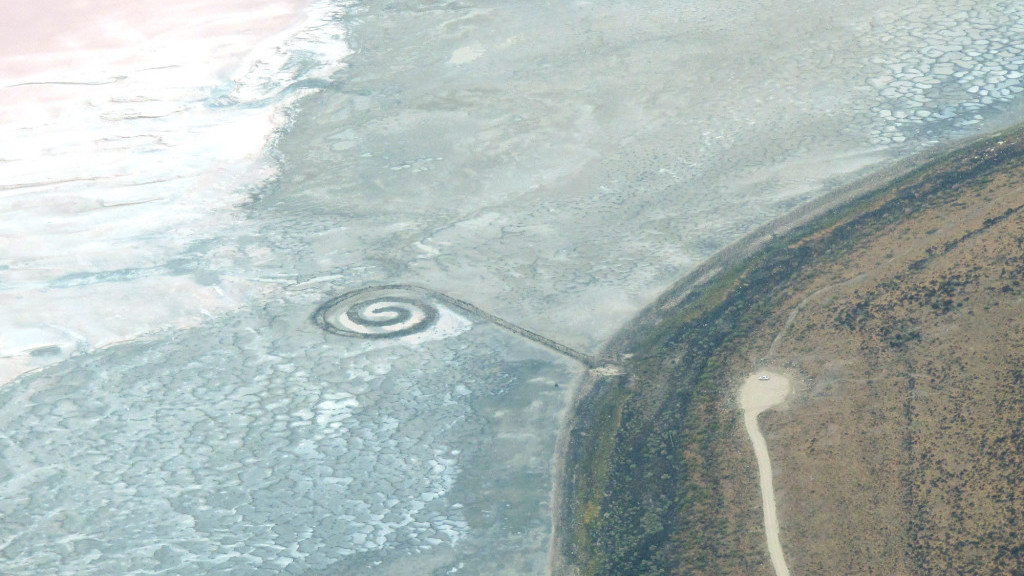
Robert Smithson, Geophilosopher
The Visibility of Perception. On the Experience of Urban Environments
Comparing what? Conceptualizing comparison in ethnographic research
OUT NOW – Special Issue of Etnografia e Ricerca Qualitativa XII: 2
https://www.rivisteweb.it/issn/1973-3194
On my way towards The Tag Conference
Will be my pleasure to join Javier Abarca and the other fellows at http://thetagconference.com/
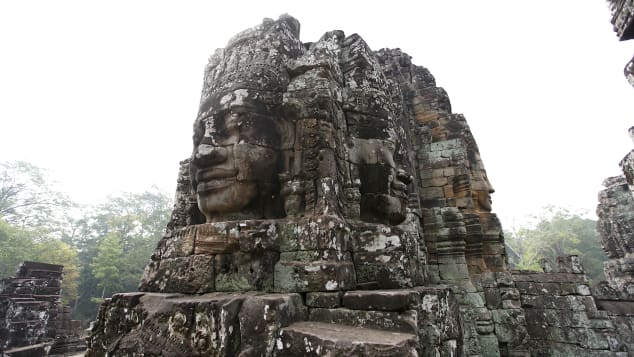
Face & The City
Now Out in Body & Society
Abstract. This piece sets out an exploration of the relations between the city, the body, and the face, seeking to understand in particular how the city and the face could be articulated with reference to an image of the body. It is suggested that the face and the city entertain a kind of privileged affinity. Just as the face unsettles the head and the bodily system to which it belongs, projecting the latter into an intersubjective social system of interaction and signification, so the city unsettles the land where it is located, projecting it into long-distance connections with similar entities scattered across the continent, and beyond. The piece evolves into the twin exploration of, on the one hand, “the city of the face” and, on the other, “the face of the city”. In the first half of the essay, the city is conceptualised as politeía, or polity, whereas in the second half it is characterised through its possible encounter with the experience of “facing”. The piece stresses the animistic attitude and the qualitatively distinct moments generated by the animistic operation as important to develop the city-face notion.
Keywords: face; head; city; landscape; identity; territoriology; Deleuze
Special issue: Theorising measures, rankings and metrics
Now out at: https://journals.sagepub.com/toc/ssic/58/2
Featuring :
Measurements and their limits – Editorial
David Jaclin, Peter Wagner
Umwelt-measures. On extensive and intensive measures: Introduction to the special issue ‘Theorising measures, rankings and metrics’
Andrea Mubi Brighenti
Ethical dimensions of quantification
Wendy Espeland, Vincent Yung
Commensuration, compromises and critical capacities: Wage determination in collective firms
Nina Pohler
Evaluations as value-measurement links: Exploring metrics and meanings in science
Felicitas Hesselmann, Cornelia Schendzielorz
The role of measurement in theorising about the world
Nicole Holzhauser, Frank Eggert
When reactivity fails: The limited effects of hospital rankings
Christopher Dorn
Le aree alpine interne come interstizi urbani: appunti da una ricerca in corso
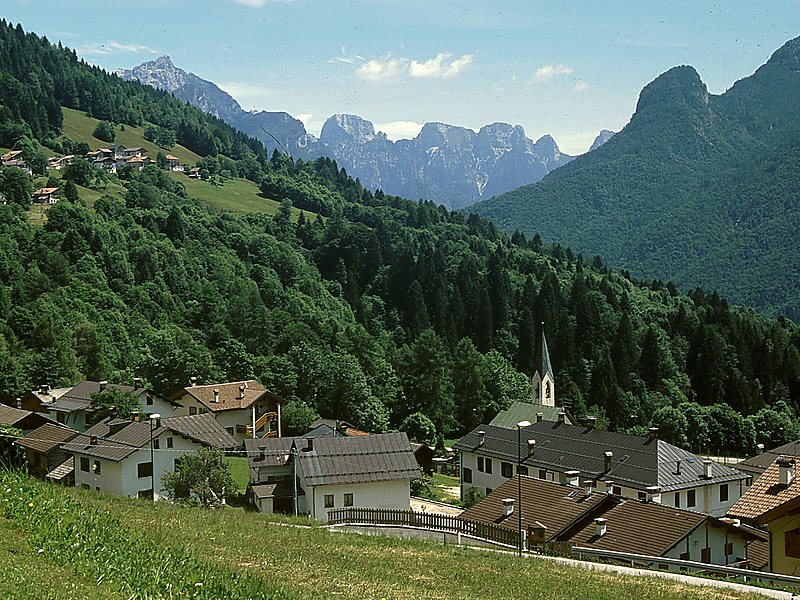
con Cristina Mattiucci
Now Published in Tracce Urbane – https://ojs.uniroma1.it/index.php/TU/article/view/14556
Abstract
ITA: A partire da un focus sulle aree interne dell’Euregio (regione transfrontaliera Tirolo, Alto Adige e Trentino), in questo articolo proponiamo un’interpretazione dell’abitare i territori montani marginali come “interstizi”. Descriviamo anzitutto alcuni processi socio-spaziali osservati in situ, presentando alcune realtà sociali complesse, i cui modelli abitativi, scelte insediative e forme dell’abitare si confrontano dinamicamente con fenomeni multi-scalari. La “condizione interstiziale” dell’abitare emerge in particolare attraverso un processo di decostruzione dell’immagine ufficiale del territorio, analizzando le frizioni che animano tale condizione nella tensione tra l’assetto istituzionale regionale e locale da un lato, e le pratiche di vita dall’altro.
ENG: Starting from a focus on the inner areas of the Euregio (cross-border region encompassing Tyrol, Alto Adige and Trentino), in this paper we propose an interpretation of dwelling in marginal mountain territories as ‘interstitial’ dwelling. First, we describe some socio-spatial processes observed in situ. These are complex social worlds, where housing models, settlement choices and forms of living dynamically interact with multi-scalar phenomena. The ‘interstitial condition’ of dwelling emerges, in particular, by deconstructing the official image of the territory. Analysing the frictions that animate the interstitial condition sheds some light upon the tension between regional and local institutions and life practices.
pdf here : brighenti-mattiucci-2019-aree-interne
Where do we come from, where do we go – New Playlist
Umwelt-measures. On extensive and intensive measures
Introduction to the special issue ‘Theorising measures, rankings and metrics’
Now published: https://journals.sagepub.com/doi/full/10.1177/0539018419858816
The whole Special Issue is due to appear soon…
Lund Creativity Conference 2019
Contribution to an intensiology of the public domain
A Keynote Address at the Urban Creativity Conference, Museum of Artistic Process and Public Art, Lund, Sweden.
May 17, 2019, 3pm
.
This talk interrogates the nature of the urban public domain by specifically attending the intensities and the phases it generates. A comprehensive view on the phenomenon of publicness, it is suggested, is required to attend its ecological facet – more precisely, as it will be seen, its multi-layered ecology – but also to explain its intrinsic vital qualities. The latter hints to the phenomenon of intensity. After reviewing the main features of publicness (“what is specifically public in public space?”), a broader picture of the public domain can be sketched that includes the processes of mediation. But whereas mediation suggests a ‘continuist’ take, a discontinuities can likewise be detected in the public domain. Coining from physics, the latter could as well be called ‘phase transitions’. How are phase transitions correlated to the intensive moments of publicness? This is the pivotal question for discussion.
+ info | https://urbancreativitylund.tumblr.com
